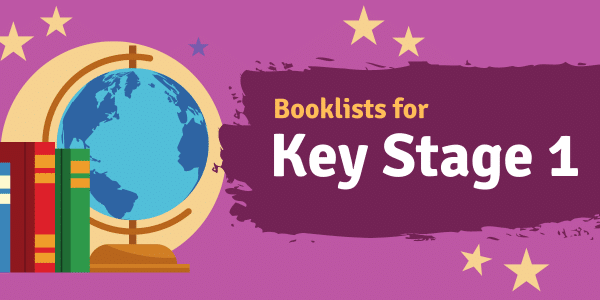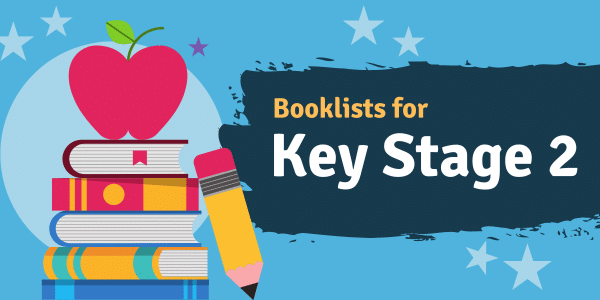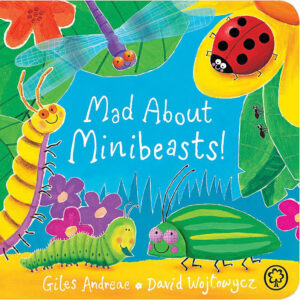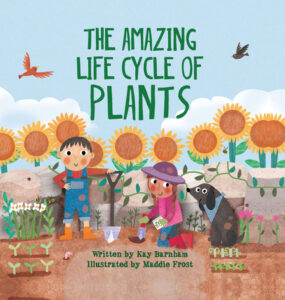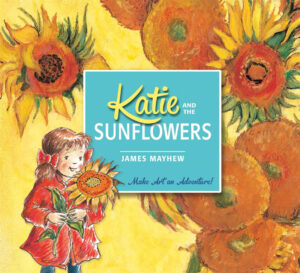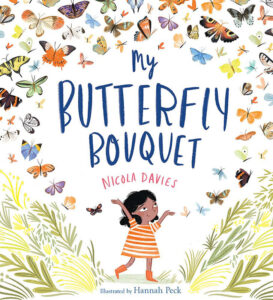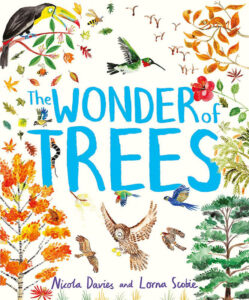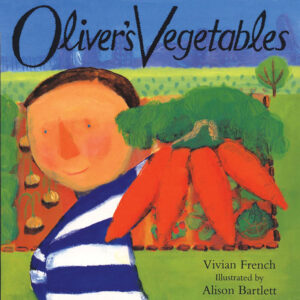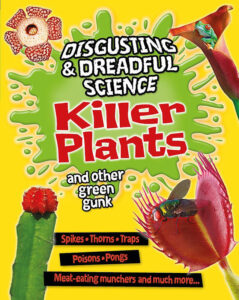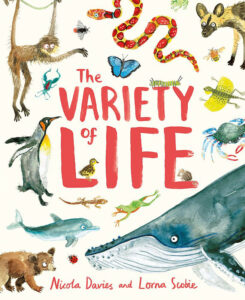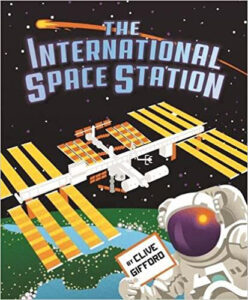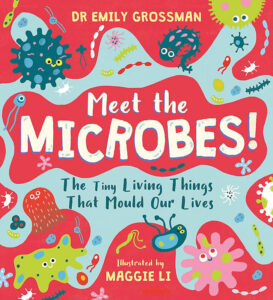Come into the garden for lots of rhyming minibeast fun in this colourful read-aloud picture book!
Little ones will love joining in with all the noisy sound words and looking at the colourful pictures, as they discover all sorts of minibeasts. From slithery snails and buzzing bees, to wriggly worms and munching caterpillars!
Each page introduces a different animal, with a short read-aloud rhyme.








